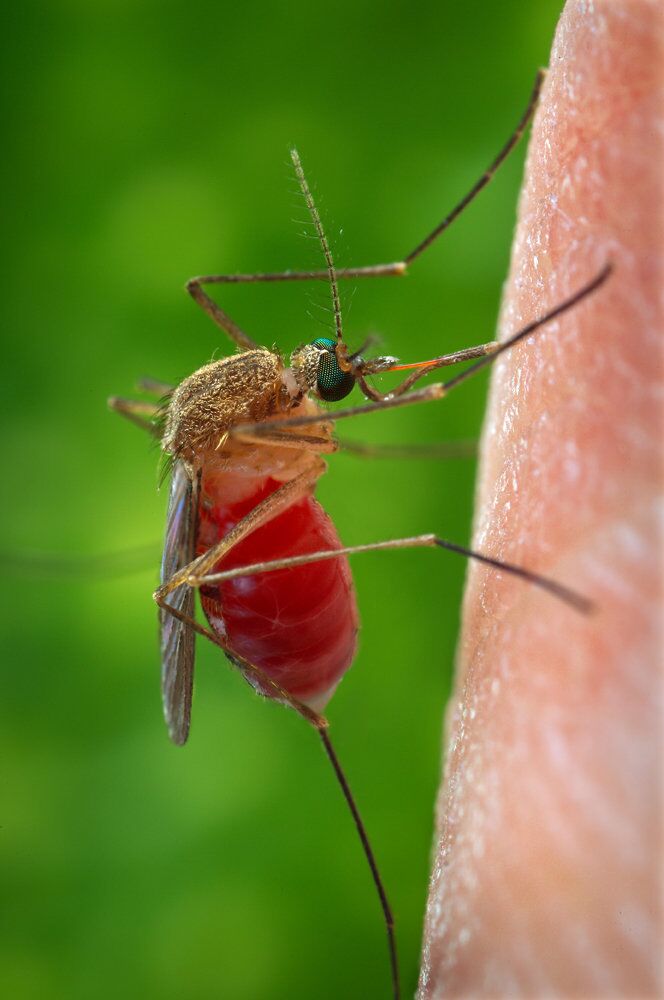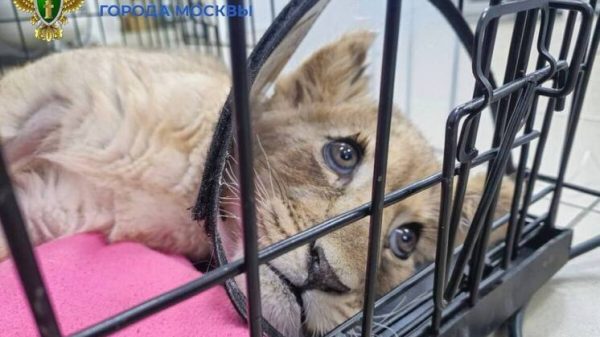
MOSCOW, July 31, Zakhar Andreev.In Central Russia and the Volga region, cases of West Nile fever have become more frequent. The viral infection is spread by ordinary mosquitoes. How dangerous the disease is and whether there is reason to panic — in the material .
Fever on the approach to Moscow
The disease is approaching the capital region: three cases of West Nile fever (WNF) ) are registered in the Ryazan region. Days earlier, it became known about an outbreak in Tatarstan — six people were hospitalized there. Fortunately, their lives are not in danger now.
The infection is relatively new for Russia — the first confirmed case was recorded in 1999. Since then, sporadic outbreaks have emerged in different regions. The largest outbreak occurred in 2010: more than 400 people were infected in the Volgograd Region.
The virus was first detected in 1937 in a woman in the West Nile region. The infection is most common in people in Africa, the Middle East, and North America, where the disease has become established in the last 50 years. There have been several outbreaks in Europe.
According to the WHO, eight out of ten people who catch the virus experience no symptoms. One in five develops a fever: high temperature, headache, body aches, vomiting, diarrhea or rash. Most people recover completely within a few days, although weakness can persist for weeks.
Severe West Nile Disease
However, the virus can also cause the so-called severe West Nile disease — meningoencephalitis. This disease affects the central nervous system. About one in 150 infected people suffers from it. In some groups, the proportion is higher: for example, the figure for the elderly is one in 50. People with cancer, diabetes, kidney disease and other ailments are also at risk. Symptoms: headache, high fever, confusion, disorientation, seizures, coma, paralysis.
CNN gives examples. John Brittingham, a 67-year-old retiree from Santa Fe, New Mexico, suddenly felt that he could not walk — his legs refused to obey. Then he gradually lost control over all the muscles of his body. When he was hospitalized, he could no longer breathe on his own — they had to transfer him to a ventilator.
There was no exact diagnosis for a long time — doctors sinned on other diseases, because West Nile fever is almost never found in New Mexico. When the truth was revealed, it turned out that medicine is only capable of supportive therapy: there is no cure for WNV. After some improvement, Brittingham was once again put on a ventilator. Today he can breathe on his own, but he is far from complete recovery. The pensioner has been in the hospital for almost a year.
The disease affects young people too. CNN tells the story of 30-year-old Brittany Yeager. The young woman was in excellent physical shape: she ran, enjoyed hiking, and worked as a lifeguard. While swimming, she discovered that she could not swim as before, and the next day, the right side of her body failed. The paralysis progressed, and her vision deteriorated. Brittany found it difficult to express her thoughts, and eventually she was confined to a wheelchair.
It took several months to see progress: Yeager is now able to stand and take a few steps with the help of loved ones. She has to take 23 pills a day to combat the symptoms: pain, cramps, muscle spasms, depression and memory problems.
Both Brittingham and Yeager, and their fellow sufferers, lost their normal lives because of the bite of a common mosquito — this is how West Nile fever is usually contracted.
They are already in the north
The method of infection makes the disease extremely insidious. As scientists have found out, the animals that are reservoirs of the infection are birds, including migratory ones. Having picked up harmful particles in Africa, they deliver them to the northern regions. There, the birds are bitten by mosquitoes — the virus settles in the salivary glands of the insect, and from there it enters the blood of a person or another animal.
As a result of global warming, the threat is growing. «Rising temperatures and changing precipitation patterns create favorable conditions for the reproduction of mosquitoes, which are the main carriers of the virus,» says Vadim Petrov, Chairman of the Public Council at Roshydromet. «In a recent article, scientists from the Sechenov Institute of Tropical Medicine showed that a temperature increase of one degree Celsius leads to an increase in the number of Aedes and Culex mosquitoes by a record 10-15 percent.»
At the end of June, it became known that mosquitoes of the Culex modestus species, carriers of West Nile fever, were found in Finland. This is the northernmost point of their distribution. However, the virus itself has not been detected in them — yet. These insects were previously spotted in the Leningrad region. So, it is possible that the appearance of West Nile fever in the Moscow region and more northern areas of the country is a matter of time.
It is not possible to protect yourself with medications. There are no vaccines against LNZ, as well as no medications yet. Preventive measures remain: the use of repellents, closed clothing of light colors. At home — mosquito nets and fumigators. Owners of suburban areas should not allow the presence of reservoirs with stagnant water, where blood-sucking insects breed. The US Centers for Disease Control and Prevention advise: you need to be especially vigilant at dawn and dusk, when mosquitoes that carry the disease are active.
«Too complicated a method»
The increase in the number of WNV cases is causing «significant concern in the medical and scientific communities,» says Petrov. In his opinion, effective measures to control the mosquito population must be introduced, otherwise the number of victims will increase.
“Vector control measures should be included in national and regional climate change adaptation plans. It is important to ensure an integrated approach to mosquito control that includes the use of biological methods, chemical agents and community interventions, as well as improved early warning and disease diagnostic systems «, says the expert.
However, virologists believe that there is no reason to panic. In order to become infected, several factors must come together: a certain type of mosquito bites a certain type of animal reservoir, and then attacks a person. This cannot happen too often, explains Alexey Agranovskiy, Doctor of Biological Sciences and Professor of the Virology Department at Moscow State University.
«Outbreaks of the disease in some areas of Russia will not be able to become the basis for an epidemic, let alone a pandemic, — the method of transmission is too complex. It will not go beyond small foci. Perhaps due to climate change the range of mosquito carriers will become wider, but not dramatically,» the scientist says.
According to Agramovsky, control over the number of harmful insects and the spread of pathogens is the task of specialists, which they perform. If the threat grows, ordinary citizens will be warned, it is too early to worry now. Nevertheless, it is better not to neglect repellents during walks in nature — it will not hurt.























































Свежие комментарии